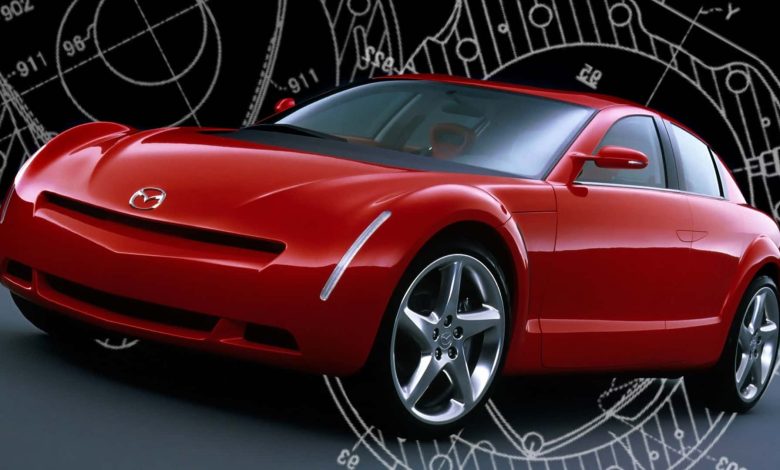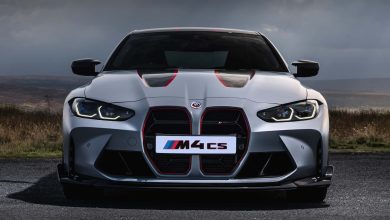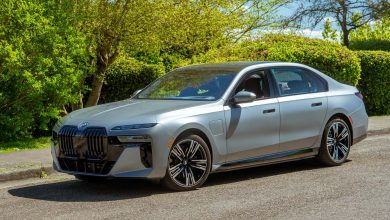This Mazda Concept Helped Save the Rotary Engine

- Debut: 1999 Tokyo Motor Show
- Engine: Renesis Twin-Rotor Rotary Engine
- Transmission: Six-Speed Sequential Manual
- Drive Type: Front-Mid Engine, Rear-Wheel Drive
For some reason, the rotary engine refuses to die. Even in the face of battery-electric vehicles, Mazda recently relaunched a new rotary engine development group tasked with designing “attractive cars that excite customers.” The announcement arrived a few months after the debut of the Iconic SP, a stunning concept with a rotary engine previewing the powertrain’s hybrid future. And 25 years ago, the Mazda RX-Evolv played a similar role for the unique power unit.
The Evolv made its first public appearance at the 1999 Tokyo Motor Show with a bulbous design, strange doors, sports car aspirations, and of course, a newly branded Renesis rotary engine. It previewed the RX-8 that would go on sale for the 2003 model year, establishing the car’s overall styling ethos, including the rear suicide doors. Mazda even went so far as to call this concept, “a vehicle entrusted with the future of the rotary engine.” But it almost didn’t happen.
This is Concept We Forgot, Motor1’s deep dive into the world of weird and wonderful concept cars you might not remember.
A few years before the concept’s debut, Mazda, facing financial trouble, partnered with Ford, which quickly paused the development of a new rotary-powered sports car. A team of passionate engineers continued the work in secret until inviting a Ford executive to test drive the completed prototype, a cobbled-together MX-5 Miata. It was enough to revive the project within Mazda, leading to the RX-Evolv in 1999 (with a more fleshed-out version of the concept in 2000), and the final RX-8 Concept in 2001.
Many of the Evolv’s styling cues made it onto the production vehicle. The odd, pillar-less rear doors remained, helping to retain its coupe-like shape while seating four people, but Mazda ditched the clamshell hood in favor of a simpler design. Designers also trimmed it into a leaner-looking MX-5 companion.
Mazda placed the 276-horsepower, twin-rotor rotary engine behind the front axle for the best weight distribution in the concept, which powered the rear wheels through a six-speed sequential manual gearbox. The automaker even placed the fuel tank within the wheelbase to help achieve a perfect 50/50 weight balance.

Mazda even went so far as to call this concept, “a vehicle entrusted with the future of the rotary engine.”
It had futuristic features that are standard today, like an ID access card that unlocks the doors, starts the engine, and alters the vehicle’s driving characteristics based on the driver’s skill. It even had Active Cornering Brake, a system that allowed the driver to apply additional braking force to each rear wheel as needed.
History might not repeat itself beat-for-beat, but sometimes you can hear it rhyme if you listen closely, and Mazda seems to be singing a familiar tune. We likely won’t ever get a purely rotary-powered sports car from Mazda again, as the company has been pretty upfront about using this new iteration as a generator, but chances are it’ll power something that looks similar to the 365-hp Iconic SP and that could be a good thing.


Where is the RX-Evolv Now?
Mazda still has the concept, which will be displayed at Automobile Council 2024 in Chiba, Japan, April 12-14. The exhibit’s theme is “History and Future of Rotary Sports Car Concept,” showing it alongside the Iconic SP and bringing the rotary’s past and future together in one location. Coincidence?
Read the full article here








